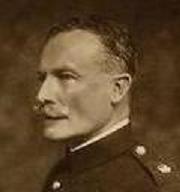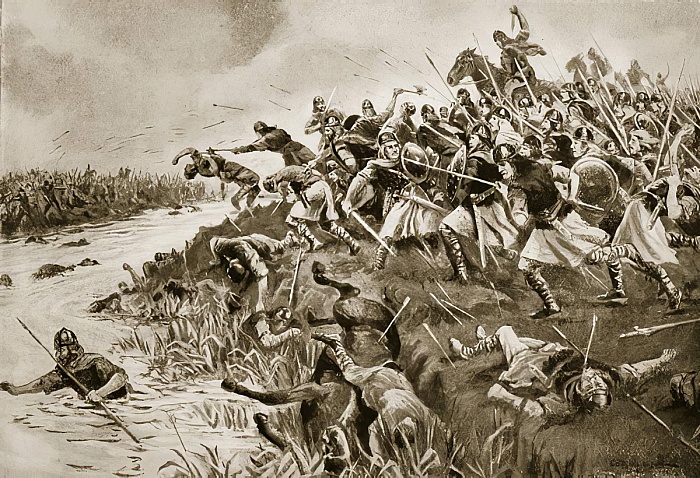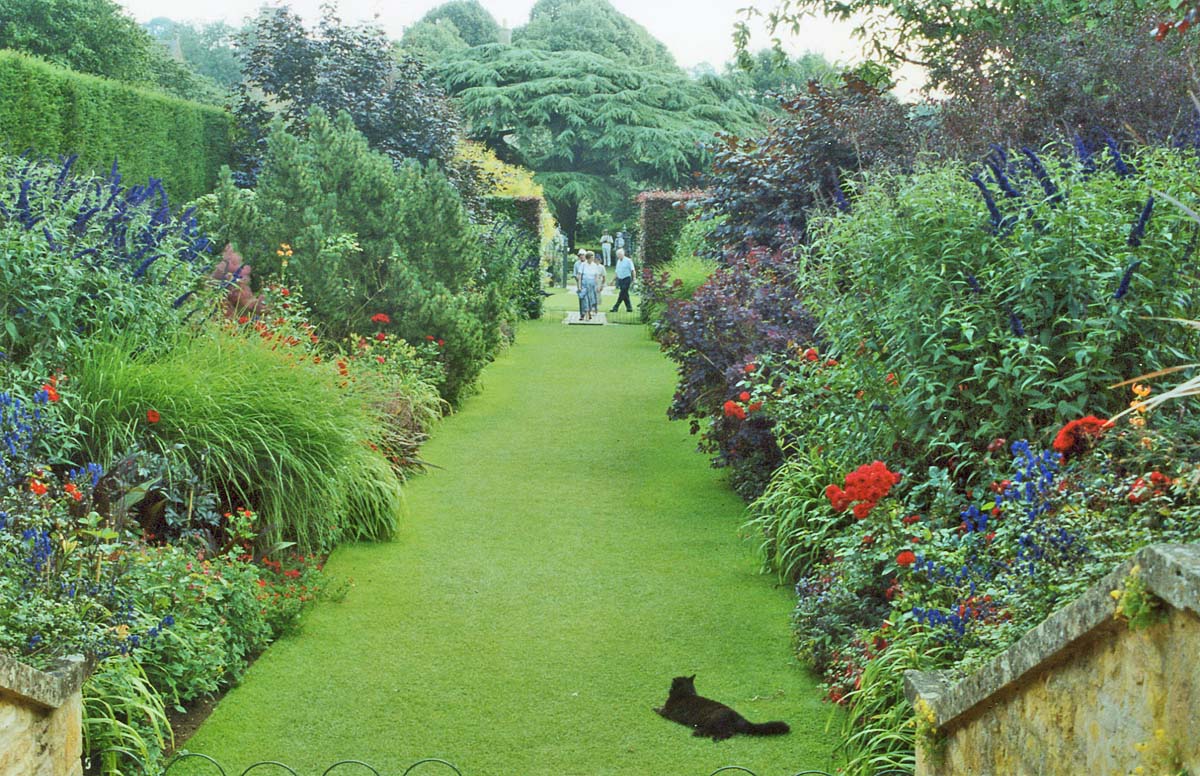For some years, the Wessex Society has struggled to keep its head afloat financially. For this reason, we have regretfully taken the decision to allow advertising onto the blog, starting in the first week of July. Those who want to continue enjoying an ad-free version of the blog will be invited to pay a small fee. There will also be an option to receive t a print version every 3 months, as several people have said that they miss the old Wessex Chronicle magazine. We have not taken this decision lightly, and we hope you understand.
Wessex Worthies: PC Wren
This article originally appeared in the Wessex Chronicle Volume 18, Issue 1 (Spring 2017)
An unusual entry into our Wessex Worthies series of biographies of prominent Wessaxons this time, as there is some doubt as to whether its subject actually qualifies for entry. Most “about the author” blurbs on the covers of his 30 novels and 9 collections of short stories will tell you that Percival Christopher Wren was born in Devon in 1885, a direct descendant of the famed architect Sir Christopher Wren. However, Wren was notoriously secretive about his life, and something of a fabulist to boot, so this could well be what we nowadays refer to as an alternative fact. Wikipedia, for what it’s worth, gives his birthplace as Deptford, London; Percy Wren, a humble schoolmaster’s son. It also lists his birth as being 10 years earlier, in 1875. He graduated from what is now St Catherine’s College in Oxford, but which was then St Catherine’s Society, a non-collegiate institution for poorer students. Could it be that the connection to Sir Christopher Wren was a way of elevating the status of a man who was self-conscious about his lowly origins? And who could blame a man who had the misfortune to be born in That London for wishing he had been born in Wessex instead?
Whatever his place of birth, Wren is chiefly known as the inventor of a genre of adventure fiction that was once hugely popular, but which has now fallen into disuse: the Foreign Legion story. Again, Wren’s own service in the Legion is a matter of controversy. No corroborating evidence exists to support the speculation that he had served as a legionnaire, and he refused to either confirm or deny it. It would appear, at least to my eyes, that he didn’t actually serve in the Legion, but wasn’t too upset by people thinking that he did. But his stepson, Alan Graham-Smith, always maintained that Wren was indeed a legionnaire, and was reportedly very upset by those who said otherwise.
He definitely served in World War I, however, in the 101st Grenadiers, a unit of the British Indian Army active in East Africa. After being invalided out in 1915, he concentrated on his fiction, though he had previously written a number of educational textbooks used in India. By far his best-known work is the 1924 novel Beau Geste, which has been filmed a number of times, and which spawned four sequels, two of which were also filmed. It was parodied by the Carry On team in Follow That Camel, and by Marty Feldman in The Last Remake of Beau Geste. The title of the latter proved to be prophetic as far as film is concerned, but it was adapted again for television in 1982 in an 8-part BBC serial written by Alistair Bell & Terrance Dicks and directed by Douglas Camfield.
PC Wren died in 1941, and is buried in the graveyard of Holy Trinity Church, Amberley, Gloucestershire. Whether or not he was born in Devon, he certainly loved the county. Consider this passage from Good Gestes:
“What would be the loveliest thing his mind could possibly conceive? What about a drive in the high dog-cart with Isobel?—through the glorious Devon countryside; the smart cob doing his comfortable ten miles an hour; harness jingling; hoof-beats regular as clockwork; Isobel’s hand under his right arm; Devon lanes; Devon fields and orchards; Devon moors; glorious—beyond description.”
So whilst his birth in Wessex may be open to dispute, the fact that his heart, soul, and ultimately body belonged here is not.
Wessex Attractions: West Green House
West Green House is an 18th century grade II listed house near Hartley Wintney in Hampshire by Henry Hawley, aka Hangman Hawley, a bloodthirsty imperialist who led the cavalry charge against the Scots at the Battle of Colluden. Whilst we have written before about Wessaxon support for the Jacobite cause, Hawley most emphatically did not share such sympathy, and was a leading figure in the destruction of the Jacobite rebellion.
Today, the house is better known for its gardens, and for its regular opera performances instituted by its current owner Marylyn Abbott, a former manager at Sydney Opera House.
The house and gardens are currently closed due to the coronavirus lockdown, but are scheduled to reopen on June 17th. The postcode, for satnav purposes, is RG27 8JB.
Essential Wessex: The Battle of Ellandun
The Battle of Ellandun, fought near Swindon in September 825, is the battle that ended Mercian overlordship in southern England, and established West Saxon dominance. The exact site is unknown, but the most likely of several contenders appears to be near Windmill Hill in the parish of Lydiard Tregoze.
The battle was fought between King Ecgbehrt of Wessex and Beornwulf of Mercia. According to the Anglo-Saxon Chronicle (ASC), it ended in a clear victory for Ecgbehrt, after which Kent, Surrey, Essex and Sussex submitted to him, whilst East Anglia petitioned him for aid against Mercian aggression. Sir Frank Stenton has called it “one of the most decisive battles of English history”.
Beornwulf appears to have invaded Wiltshire to take advantage of Ecgberht being occupied with a campaign in the far West, in which (again according to the ASC), “a battle was fought between the Welsh in Cornwall and the people of Devonshire, at Camelford”. The ASC is somewhat ambiguous about whether or not the two events were connected, though,
Ellandun marks the point at which Wessex became Top Nation, as Sellars and Yeatman might say, and saw Mercia collapse to roughly half its former size. One could argue that it led to a dilution of Wessex identity as the kingdom expanded to cover virtually all of Southern England, but that just shows the dangers of tying modern Wessex regionalism too closely to ancient history.
Wessex Attractions: Hidcote
Hidcote Manor and its gardens, located near Chipping Campden in the Gloucestershire Cotswolds. are a National Trust-owned property bought by the American-born Major Lawrence Johnston and his mother in the early years of the 20th century and restored according to the principles of the then-burgeoning Arts and Crafts movement. Charles Ashbee moved the Gild (sic) of Handicrafts from East London to Chipping Campden in 1902, and the area quickly became a centre for the movement.
The G(u)ild dissolved five years later, but Major Johnson continued its legacy, He spent the period up to 1914 remodelling the house and gardens according to Arts and Crafts principles, but progress was halted when he went off to fight in World War 1. After the war, a period of expansion began, and the estate was sold to the National Trust in 1948.
Like all National Trust properties, Hidcote Manor is currently closed. but their website allows visitors to experience a virtual tour.




